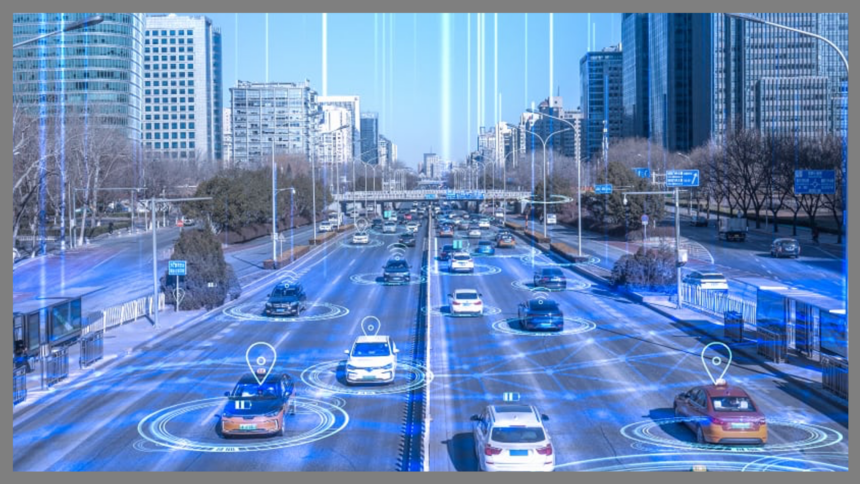The National Highway Traffic Safety Administration (NHTSA) is taking a massive step towards a fully autonomous vehicle future. The agency proposed a new framework to make it easier for driverless cars—including robotaxis—to hit the streets. This framework, called the ADS-equipped Vehicle Safety, Transparency, and Evaluation Program (AV STEP), could help ensure that autonomous vehicles meet safety standards and operate transparently. Here’s what this means for the future of driverless technology.
What’s Happening & Why This Matters
Currently, fully autonomous vehicles that lack traditional manual components like steering wheels and brakes must undergo a special exemption process with the NHTSA to be allowed on the road. Under the new proposal, the NHTSA wants to create a voluntary framework where companies developing autonomous vehicles can submit regular safety data about their designs, development, and operations.
This new system aims to streamline the approval process and provide more transparency into how these vehicles operate. The goal is to ensure that autonomous vehicles are safe and developed in a way that allows the public and regulators to track their progress as technology evolves.

How AV STEP Will Work
The AV STEP program includes two new exemption processes that will make it easier for NHTSA to handle requests for self-driving cars. While these processes are not intended to replace existing ones, they provide a more structured way for companies to demonstrate their commitment to safety and transparency. As part of this, participants must provide regular data detailing how their vehicles are designed, tested, and used.
To increase transparency, NHTSA also suggests that it may release this data publicly. This would allow the public and other stakeholders to review how safe autonomous vehicles are and how well they perform in real-world conditions. By providing precise data, companies can improve their operations and reassure consumers and regulators about the safety of autonomous vehicles.
Addressing Emerging Risks
NHTSA has stated that the new framework will help address “emerging risks” in driverless vehicles. As the technology matures, the risks associated with autonomous vehicles will continue to evolve. This program will enable NHTSA to study these risks more closely, ensuring that autonomous vehicles are developed to minimize dangers on the road.
The framework is part of a larger effort to manage the complexities of autonomous vehicle regulation. As companies continue to push the boundaries of self-driving technology, regulators must keep up with rapid advancements while ensuring safety remains a top priority.

Uncertainty Ahead
While the AV STEP framework is a step in the right direction, there remains some uncertainty about how regulations for driverless cars will evolve under the incoming administration. Reports suggest that the Trump transition team may seek to roll back some of the existing rules, including the requirement for automakers to report accidents involving self-driving vehicles. Trump himself has expressed concerns about the safety of autonomous cars, which could influence how the government approaches these regulations in the future.
TF Summary: What’s Next
The NHTSA’s proposal to create a new framework for autonomous vehicles is a crucial step in developing self-driving technology. The AV STEP program could help clarify safety standards, boost transparency, and ensure that autonomous vehicles are deployed responsibly. However, as the industry faces shifting political winds, the future of these regulations may depend on the priorities of the new administration. The road ahead for driverless vehicles remains exciting and uncertain, with ongoing debates about safety and regulation continuing to shape the industry.
— Text-to-Speech (TTS) provided by gspeech


